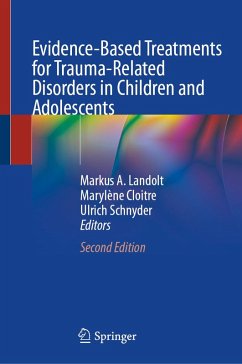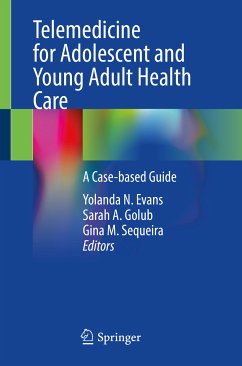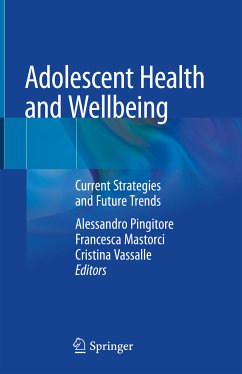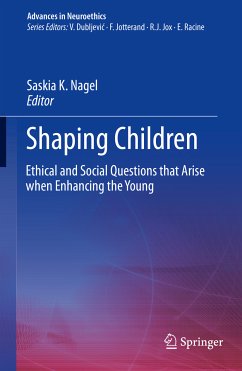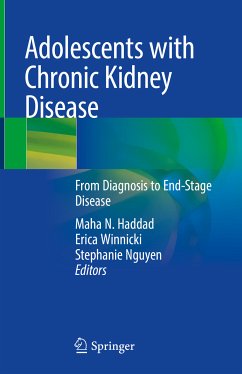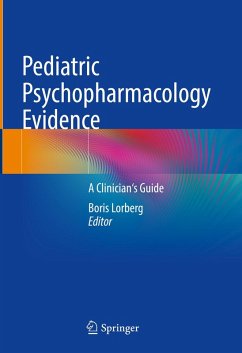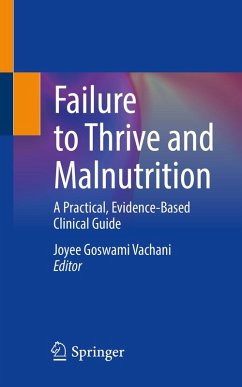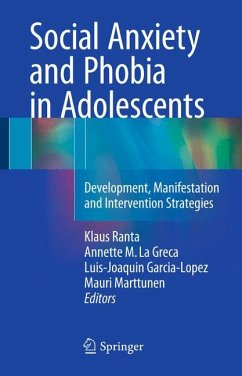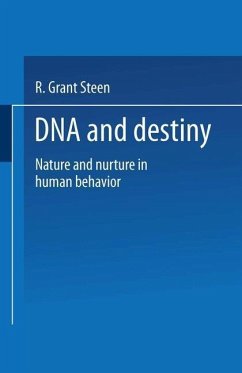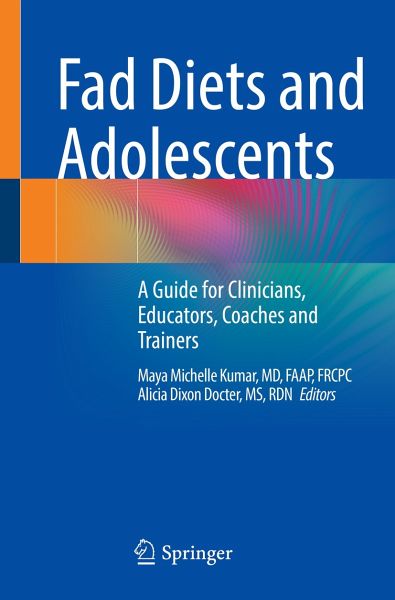
Fad Diets and Adolescents (eBook, PDF)
A Guide for Clinicians, Educators, Coaches and Trainers
Redaktion: Kumar, Maya Michelle; Dixon Docter, Alicia
Versandkostenfrei!
Sofort per Download lieferbar
60,95 €
inkl. MwSt.
Weitere Ausgaben:

PAYBACK Punkte
30 °P sammeln!
Fad diets have influenced our society for hundreds of years. While they are heterogeneous in nature, they make many of the same promises: weight loss, fat burning, muscle building, flatter stomachs, improved gut health, clearer skin, and protection of animal rights and the environment. Not only are fad diets usually ineffective, they are often highly restrictive and associated with significant health risks. Furthermore, the practice of fad dieting dramatically increases one's risk of developing malnutrition and/or an eating disorder.Adolescence is a period of rapid physical and socioemotional ...
Fad diets have influenced our society for hundreds of years. While they are heterogeneous in nature, they make many of the same promises: weight loss, fat burning, muscle building, flatter stomachs, improved gut health, clearer skin, and protection of animal rights and the environment. Not only are fad diets usually ineffective, they are often highly restrictive and associated with significant health risks. Furthermore, the practice of fad dieting dramatically increases one's risk of developing malnutrition and/or an eating disorder.
Adolescence is a period of rapid physical and socioemotional growth during which young people become more vulnerable to poor body image and low self-esteem, which may make adolescents particularly likely to adopt fad diets. However, the nutritional risk incurred could result in serious and potentially permanent impairment of physical and psychosocial development.
This book provides an overview of fad diets through the ages, highlighting what all fad diets have in common and how to recognize a fad diet. Readers will learn what science tells us about nutritional needs during adolescence for normal physical, cognitive, and socioemotional development, and the risks that may be incurred if a fad diet prevents an adolescent from meeting these needs. This book examines why adolescents may be particularly prone to fad dieting and why they may also have more to lose if they adopt them. Readers will explore factors that shape adolescent diet culture. This book makes specific recommendations for caring adults in the lives of adolescents, including interdisciplinary health care providers, teachers, coaches, trainers, parents and other caregivers, to steer adolescents away from fad diets and towards healthier alternatives for achieving their goals.
The initial chapters are didactic chapters that outline core material. Subsequent chapters use illustrative case examples to teach the reader how to screen adolescents for fad dieting, listen to the concerns that attracted them to the diet, engage them in a discussion about their goals, and collaborate with them to find a healthier path. All chapters conclude with discussion questions for further reflection.
Adolescence is a period of rapid physical and socioemotional growth during which young people become more vulnerable to poor body image and low self-esteem, which may make adolescents particularly likely to adopt fad diets. However, the nutritional risk incurred could result in serious and potentially permanent impairment of physical and psychosocial development.
This book provides an overview of fad diets through the ages, highlighting what all fad diets have in common and how to recognize a fad diet. Readers will learn what science tells us about nutritional needs during adolescence for normal physical, cognitive, and socioemotional development, and the risks that may be incurred if a fad diet prevents an adolescent from meeting these needs. This book examines why adolescents may be particularly prone to fad dieting and why they may also have more to lose if they adopt them. Readers will explore factors that shape adolescent diet culture. This book makes specific recommendations for caring adults in the lives of adolescents, including interdisciplinary health care providers, teachers, coaches, trainers, parents and other caregivers, to steer adolescents away from fad diets and towards healthier alternatives for achieving their goals.
The initial chapters are didactic chapters that outline core material. Subsequent chapters use illustrative case examples to teach the reader how to screen adolescents for fad dieting, listen to the concerns that attracted them to the diet, engage them in a discussion about their goals, and collaborate with them to find a healthier path. All chapters conclude with discussion questions for further reflection.
Dieser Download kann aus rechtlichen Gründen nur mit Rechnungsadresse in A, B, BG, CY, CZ, D, DK, EW, E, FIN, F, GR, HR, H, IRL, I, LT, L, LR, M, NL, PL, P, R, S, SLO, SK ausgeliefert werden.



